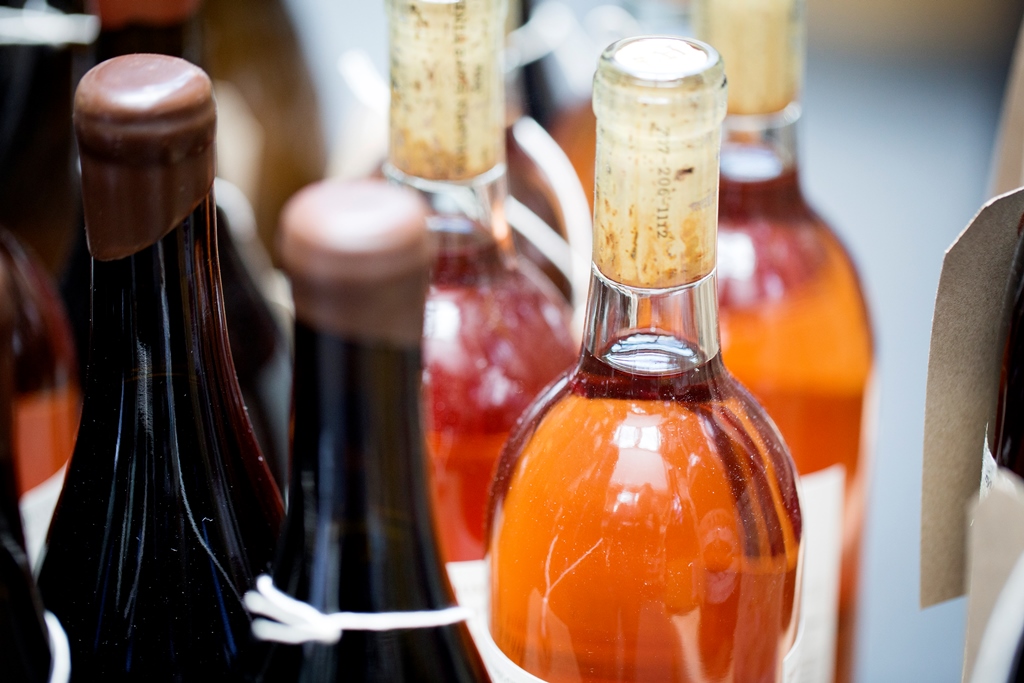
Accountants and purchase managers are employed either to protect margins or ratchet up the gps. This usually entails pressing the supplier for greater discounts, trying to prevent price rises, deferring payment and a host of sleight-of-hand clawback methods. For the true bean-counter a net strong gp is as important as a busy restaurant, because economic variables can be understood, managed and monitored. It is said that accountants know the cost of everything and the value of nothing. This is not entirely fair – their brief is to analyse figures and set targets, not to suggest creative methods on how a restaurant might succeed. The typical business spreadsheet is the classic example of financial wish fulfilment. A spreadsheet posits theoretical profit-and-loss scenarios according to purchase and selling prices, but does not take the psychological temperature of customers, nor does it factor in macroeconomics (recession and depression). There is a “tip-over point” in the fortune of every restaurant when customers perceive it as poor value-for-money, which is as much a qualitative as a quantitative judgement. You may build your house on stone in the flexible economy, but you should still be prepared for shifting sands. (It should be mentioned that there are enlightened accountants who understand that to grow you need to loosen the stays on margins).
There is a “tip-over point” in the fortune of every restaurant when customers perceive it as poor value-for-money, which is as much a qualitative as a quantitative judgement.
The GP, qua brute GP, has long been the consolation of bean counters and the bane of wine drinkers. Restaurateurs, fancying themselves as entrepreneurs, enamoured by the notion of exponential growth, also began to recite the mantra about hitting their “GPs”. Mark-ups have become more punitive as a result. Over the years the scale of the margin increased steadily from 65% to 70% and beyond, until now it is not unusual to see 75% and 78% averages. The magic gross profit targets cited by accountants are always shifting northwards and that is the result of a very fixed financial model. It is also part of the trend for single restaurants to grow into small groups and thus to “scale up” their operations by reducing costs and increasing gps.
Ergo, bottles of wine are now routinely and shamefully marked up four – even five times – with the expectation that customers won’t bat an eyelid. But they will. Wine is already taxed to the hilt, and every time there is a duty or price rise, restaurants use that as an excuse to increase their net profit margin. Because they are so adamant about maintaining a consistently elevated GP, a wine which has increased by, say, £1, can and will be marked up by £3.50 (a net extra cash profit of £2.50). Bear in mind also that since the whole meal will have an “optional service charge” added to the bill, the customer will be paying a further % increase on the wine. Meanwhile, other restaurants dig deep in their search for cheaper wines to hit rigged price points. Until buyers perceive that glass ceilings on prices are just that – ceilings which must be shattered – wine lists will become all the poorer as choice steadily diminishes.
Bottles of wine are now routinely and shamefully marked up four – even five times – with the expectation that customers won’t bat an eyelid.
To survive in an inequitable financial climate – when the bases are loaded against the restaurant (rents, rates, services, wages and other costs) restaurateurs are bound to do inequitable things and call them “financial realism” or “necessary survival strategy”. The rot is certainly endemic in a system which allows smaller enterprises to be discriminated against. So, blame it on government (local and national) for not supporting the hospitality industry, for the regressive taxation system and the lack of regulation of business rents. It is sad that many restaurants may have to close their doors before the message seeps through. And blame it on the culture of gross profit. Chasing growth is a short-term fix, and usually results in the consumer for paying more and more for less and less.

